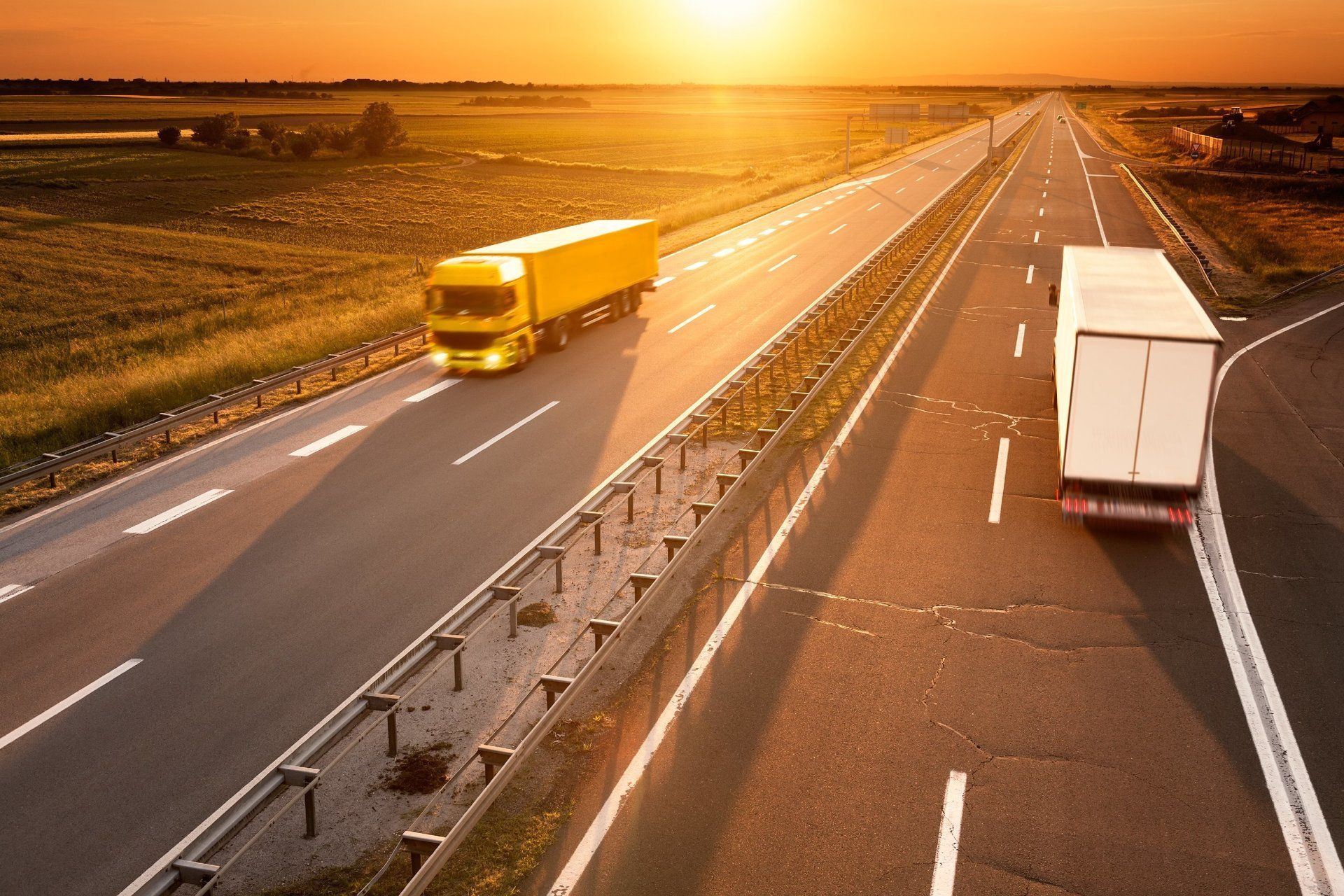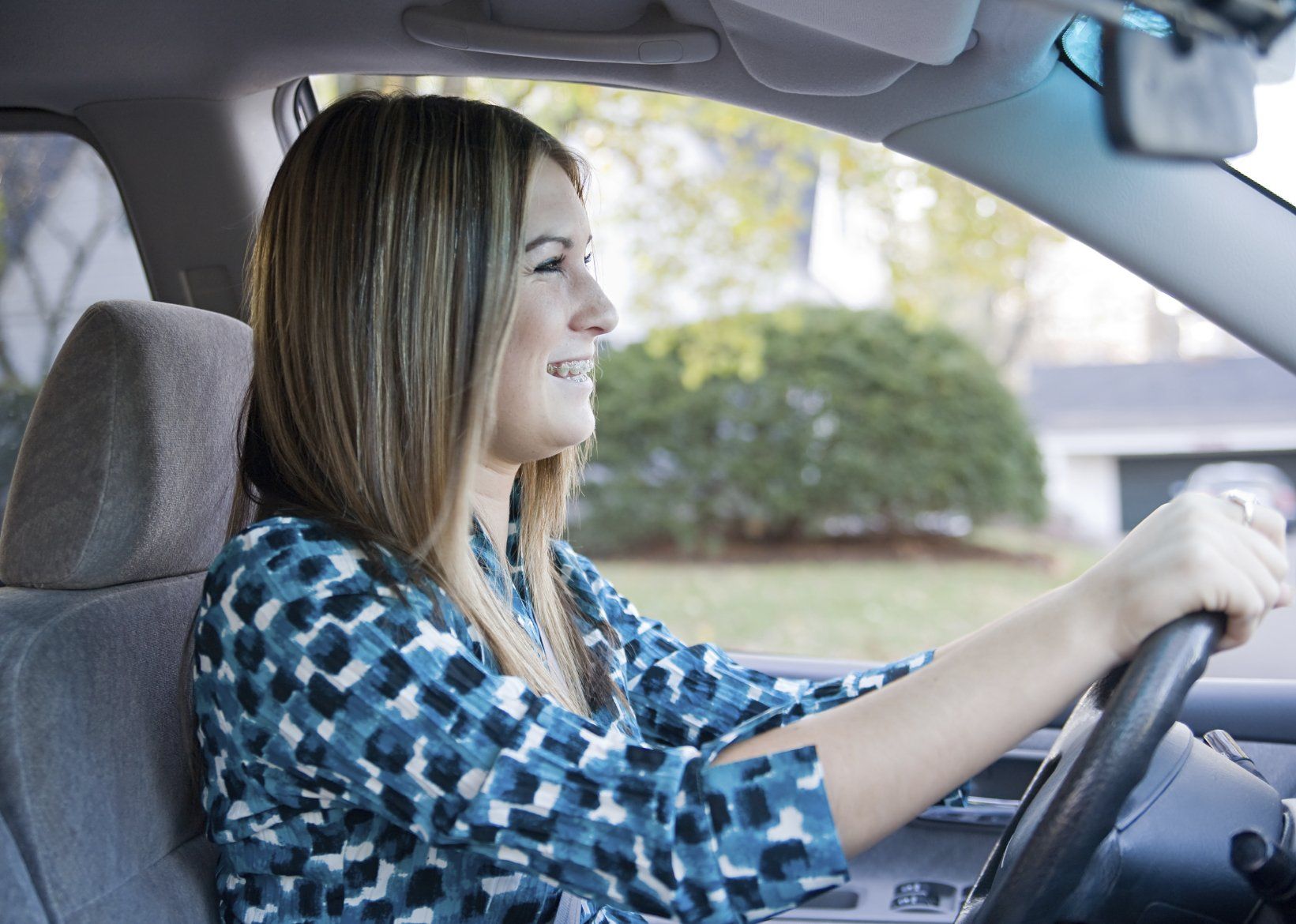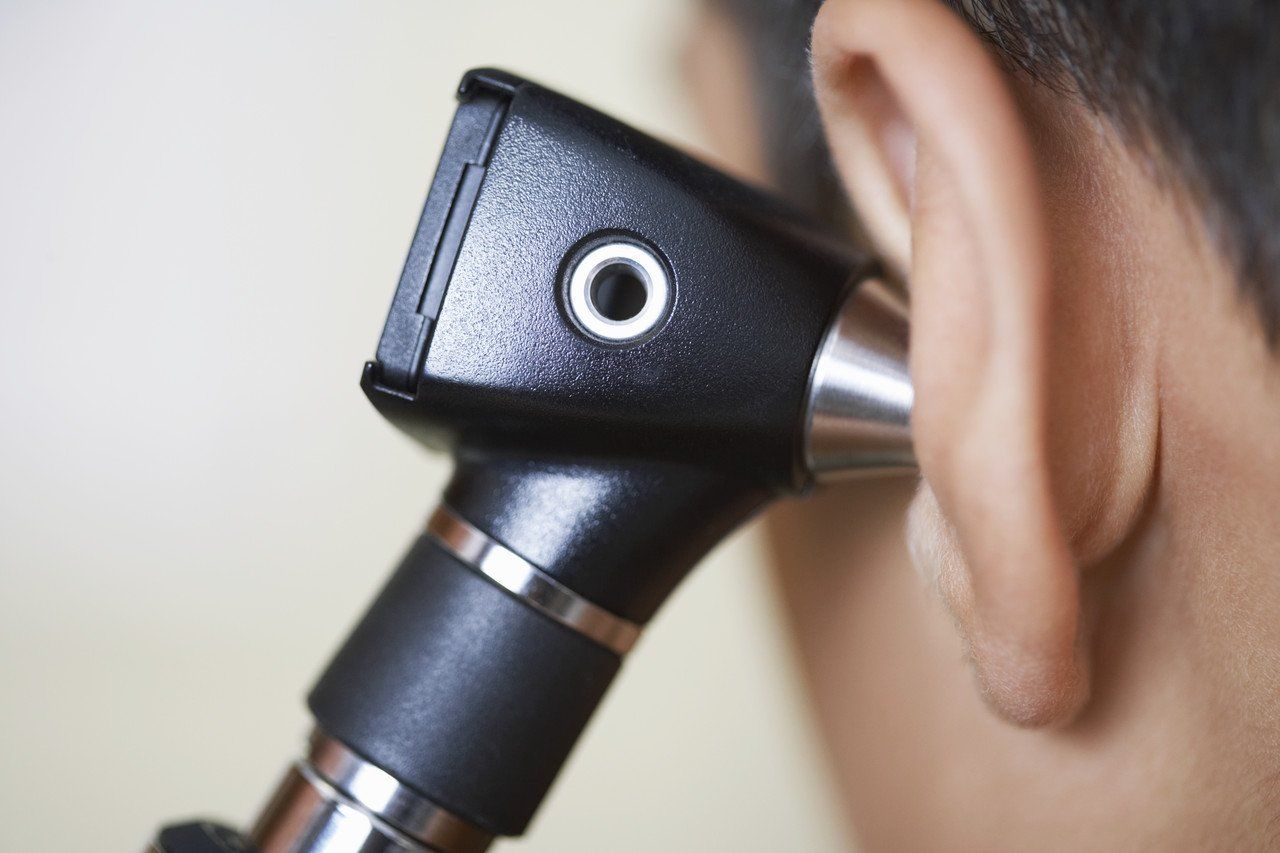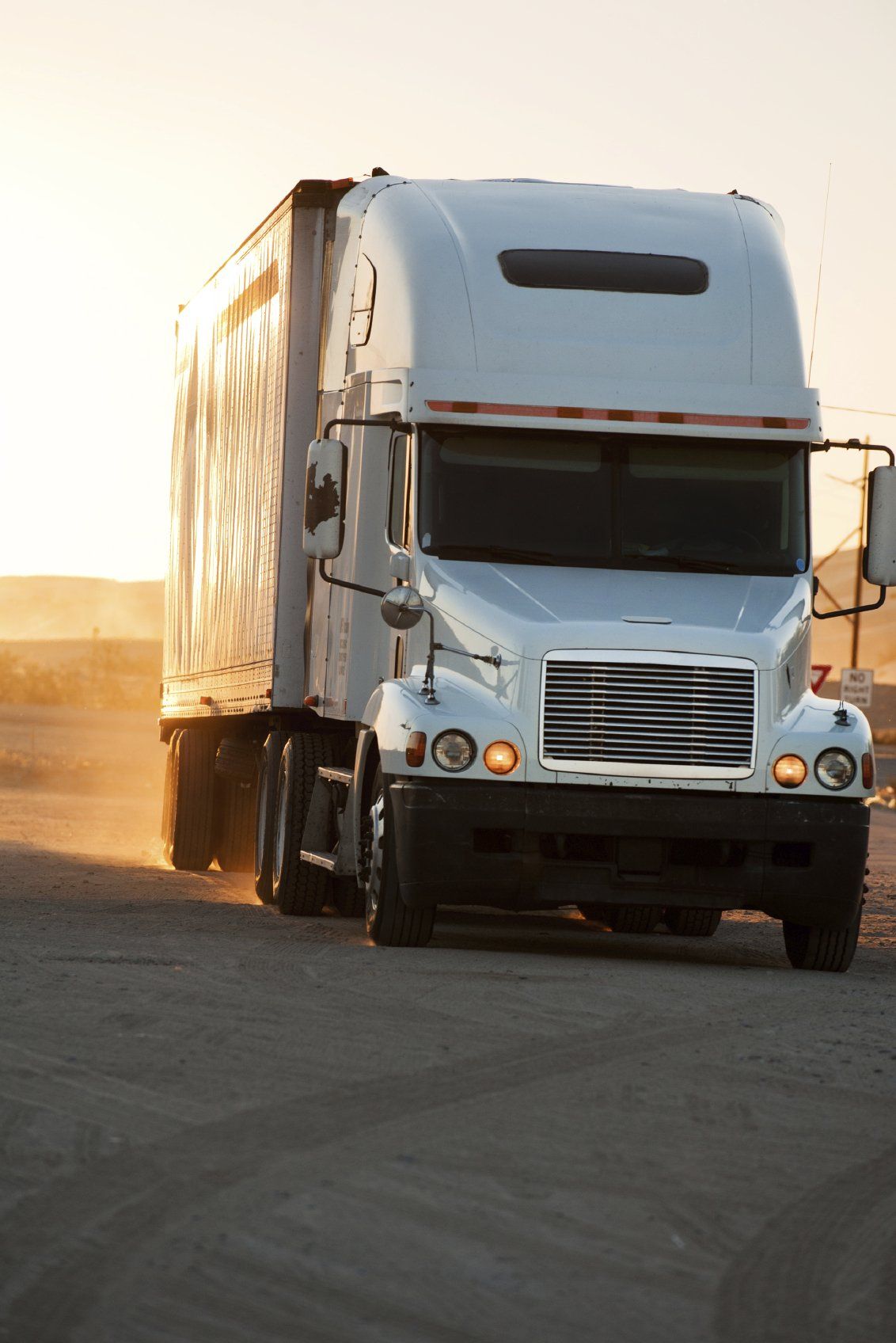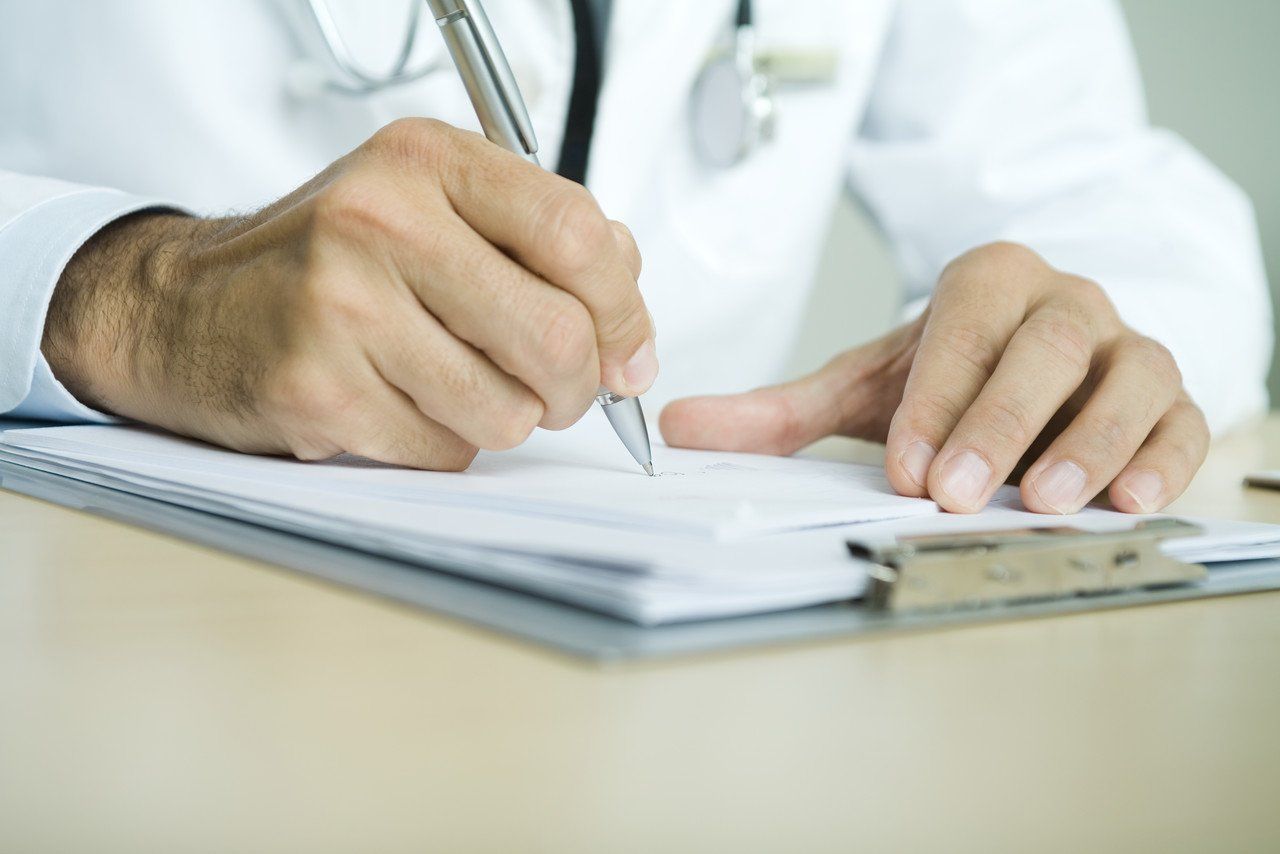Getting your Commercial Driver's License (CDL) 101
Getting a commercial driver's license (CDL) involves several steps, including meeting eligibility requirements, completing training, and passing knowledge and skills tests. Here are the general steps to obtain a CDL:
Check Eligibility Requirements:
- Ensure you meet the eligibility requirements set by your state's Department of Motor Vehicles (DMV) or equivalent agency. Requirements may include age restrictions, residency status, and a clean driving record.
Determine CDL Class and Endorsements:
- Determine the class of CDL you need based on the type of vehicle you intend to operate. CDL classes typically include Class A, Class B, and Class C, with different endorsements for specific vehicle types and operations, such as hazardous materials (H), passenger transport (P), and tanker vehicles (T).
Obtain a Commercial Learner's Permit (CLP):
- Apply for a commercial learner's permit (CLP) from your state's DMV. To obtain a CLP, you must pass a written knowledge test covering CDL regulations, safe driving practices, and specific endorsements you may require.
Complete CDL Training Program:
- Consider enrolling in a CDL training program offered by a certified truck driving school or training facility. These programs provide classroom instruction, hands-on training, and behind-the-wheel experience to prepare you for the CDL tests.
Pass Knowledge Tests:
- Study the CDL manual provided by your state's DMV and prepare for the written knowledge tests. Topics covered may include vehicle inspection, basic vehicle control, safe driving techniques, and specific endorsements. Schedule an appointment to take the knowledge tests at your local DMV office.
Schedule and Pass Skills Tests:
- Once you've obtained your CLP and completed training, schedule an appointment to take the CDL skills tests, which typically include a pre-trip inspection, basic vehicle control test, and road skills test. Demonstrate your ability to safely operate a commercial vehicle under the supervision of a CDL examiner.
Submit Required Documentation:
- Provide documentation required by your state's DMV, including proof of identity, residency, Social Security number, and medical certification. You may also need to provide proof of completion of a CDL training program, if applicable.
Pay Application and Licensing Fees:
- Pay the required application and licensing fees to obtain your CDL. Fees vary by state and may include application fees, testing fees, and licensing fees.
Receive Your CDL:
- Upon successfully passing all required tests and meeting all eligibility criteria, your state's DMV will issue your commercial driver's license (CDL). Ensure you understand the restrictions, endorsements, and privileges associated with your CDL class and endorsements.
Maintain Your CDL:
- To maintain your CDL, comply with all state and federal regulations, keep your medical certification up to date, and adhere to safe driving practices. Renew your CDL and endorsements as required by your state's DMV and undergo any necessary retesting or training to stay compliant.
It's essential to familiarize yourself with your state's specific CDL requirements and procedures, as they may vary slightly from state to state. Contact your state's DMV or visit their website for detailed information and guidance on obtaining a commercial driver's license.
Remember to check with your insurance agent for any additional insurance you will need. If you are looking for an insurance agent that specializes in commercial insurance reach out to Wilkes Agency today!
